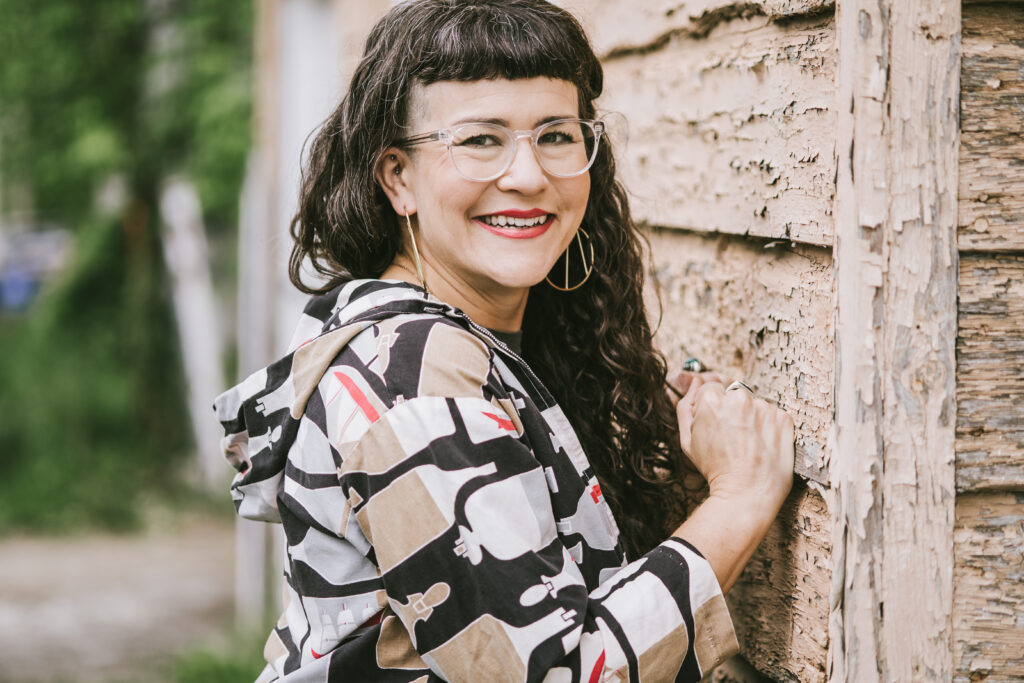Interdependence vs. Codependence: Building Stronger, Healthier Relationships

What is Interdependence?
Interdependence is the ability to have mutually supportive relationships while maintaining a strong sense of self-trust and autonomy. It allows for emotional closeness and vulnerability without losing individuality or becoming overly reliant on another person for validation and emotional stability.
Key Signs of an Interdependent Relationship:
✅ Mutual respect and reciprocity.
✅ Open and honest communication.
✅ Both partners maintain individual interests and friendships.
✅ Boundaries are honored and respected.
✅ There is no fear of abandonment for expressing needs.
How is Codependence Different from Interdependence?
Codependence is marked by emotional outsourcing, where one’s sense of self-worth is dependent on another person’s approval or well-being. Unlike interdependence, codependency often leads to:
- Prioritizing others’ emotions over personal needs.
- Fear of setting boundaries due to fear of rejection.
- Difficulty making decisions without external validation.
- Anxiety when separated from a partner.
- Feeling responsible for “fixing” others’ problems.
Recognizing the difference between healthy support and self-abandonment is the first step toward shifting from codependency to interdependence.
The Role of Emotional Outsourcing in Codependency
Emotional outsourcing happens when you seek validation, emotional regulation, and self-worth from external sources instead of within yourself. Signs of emotional outsourcing include:
- Constantly seeking reassurance in relationships.
- Over-functioning in relationships while neglecting your own needs.
- Feeling emotionally drained because you “carry” other people’s emotions.
- Struggling to make decisions without external approval.
To develop interdependence, you must rebuild self-trust and learn to regulate your own emotions rather than outsourcing them to others.
Why Self-Trust is the Foundation of Healthy Relationships
Interdependence is rooted in trusting yourself to handle life’s challenges. When you trust yourself, you:
✅ Can rely on others without losing your autonomy.
✅ Express needs and boundaries without fear of rejection.
✅ Recognize that you are whole, with or without a relationship.
Building self-trust requires thought work, emotional regulation, and healthy boundary-setting.
Recognizing When You’re Losing Yourself in a Relationship
If you feel like you’ve lost your sense of self, consider these signs:
🚨 You struggle to make decisions without consulting your partner.
🚨 Your hobbies and interests shift based on what your partner likes.
🚨 You avoid expressing disagreement to “keep the peace.”
🚨 You feel drained or anxious when alone.
🚨 You often say “yes” when you really mean “no.”
Recognizing these patterns allows you to course-correct and prioritize your well-being.
How to Set Boundaries Without Fear of Rejection
Healthy boundaries are essential for building secure, interdependent relationships. Here’s how to set boundaries confidently:
- Start small with simple boundaries like personal space and time.
- Use “I” statements (e.g., “I need some quiet time in the evenings”).
- Expect pushback, especially if you’ve never set boundaries before.
- Hold firm to your boundaries with loving consistency.
Boundaries aren’t selfish — they’re necessary for maintaining healthy relationships.
Somatic Practices to Regulate Your Nervous System in Relationships
When conflict arises, a dysregulated nervous system can trigger fight-or-flight reactions. Regulating your nervous system helps you stay grounded and respond intentionally rather than react emotionally.
Try these somatic regulation techniques:
- Breathwork: Inhale for 4 seconds, exhale for 6 to calm stress responses.
- Grounding exercises: Feel your feet on the floor and focus on your breath.
- Self-compassion touch: Place a hand on your heart and remind yourself, “I am safe.”
- Movement-based practices: Walk, stretch, or shake out tension to release stress.
Thought Work: Rewriting Your Relationship Narrative
Thought work is a powerful tool for shifting from codependent thinking to interdependent confidence.
Reframing Limiting Beliefs:
- Instead of “If I say no, they’ll leave me,” try “Healthy relationships respect boundaries.”
- Instead of “I need to be needed,” try “I am worthy just as I am.”
- Instead of “I can’t do this alone,” try “I am capable and resourceful.”
Shifting your thoughts changes your emotional response, helping you break free from codependent patterns.
Building Secure, Mutually Supportive Relationships
Interdependent relationships thrive on mutual support, trust, and emotional self-sufficiency. Here’s how to cultivate them:
✅ Practice clear, honest communication.
✅ Develop emotional self-regulation skills.
✅ Allow others to handle their own emotions without taking responsibility.
✅ Recognize that your worth isn’t tied to how much you give.
Want More Support?
If you’re ready to break free from codependent patterns and step into interdependence, join Anchored — my six-month program for nervous system regulation, emotional healing, and boundary-setting. Learn more at VictoriaAlbina.com/anchored.
You deserve relationships based on trust, mutuality, and emotional safety.
Tags: codependence, interdependence, mutual support, relationship dynamics, setting healthy boundaries
